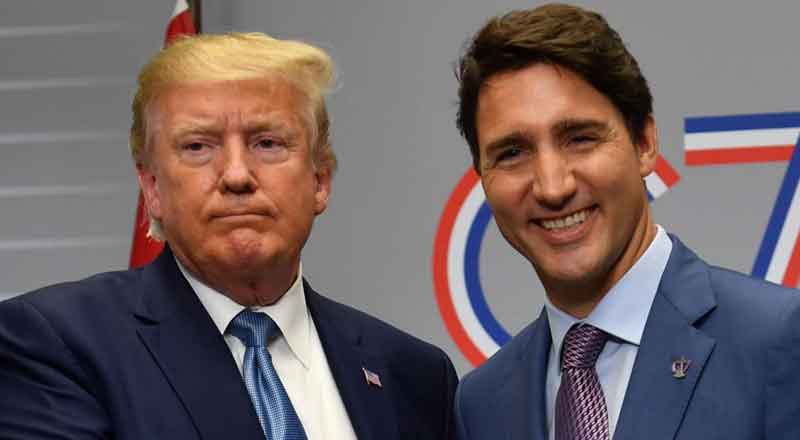Taiwan Strait saw 18 China military planes including some fighter jets in an unusually large show of force on Friday as a U.S. envoy held a day of closed-door meetings on the self-governing island claimed by China.
Under Secretary of State Keith Krach, who handles the economic growth, energy and the environment portfolio, held talks with Taiwan’s Minister of Economic Affairs and Vice Premier.
He also met with business leaders over lunch and was to dine with President Tsai Ing-wen later on Friday. In response to Krach’s visit, the Eastern Theater Command of the Chinese People’s Liberation Army held combat exercises near the Taiwan Strait, in at least the second round of war games this month aimed at intimidating supporters of the island’s independent identity.
Taiwan’s Defense Ministry said two bombers and 16 fighter jets from China crossed into Taiwan’s air defense identification zone. It said it scrambled jets in response and monitored the movements of the Chinese planes.
Chinese Defense Ministry spokesperson Ren Guoqiang called the drills a “legitimate and necessary action taken in response to the current situation across the Taiwan Straits to safeguard national sovereignty and territorial integrity.”
“Recently, the U.S. and (Taiwan’s ruling) Democratic Progressive Party authorities have stepped up their collusion and frequently stir up troubles,” Ren told reporters on Friday morning. “Whether it is using Taiwan to contain China or relying on foreign powers to threaten others, it is wishful thinking and is destined to be a dead end.”
China’s Ministry of Foreign Affairs also defended the move. Ministry spokesman Wang Wenbin said China has the “firm will, full confidence and sufficient ability to thwart all external interference and separatist actions by Taiwan independence forces.” Beijing views Taiwan as part of its own territory and strongly opposes any type of formal interaction between other countries and the self-ruled island democracy.
Analysts say the Chinese military response is a clear message to the U.S. to stop what it is doing, since the Chinese side took similar actions when the U.S. Health Secretary visited in August.
“I think the Chinese are using this tool to try and stop the kind-of diplomatic relationship between the U.S. and Taiwan. It’s very clear from them,” said Alfred Wu, Associate Professor at the Lee Kuan Yew School of Public Policy at the National University of Singapore.
Tensions between Washington and Beijing have already reached high levels as the governments spar over the coronavirus pandemic, trade, technology, Hong Kong and the South China Sea.
The frequency of Chinese exercises near Taiwan recalls the last major crisis between them in 1995-96, when China fired missiles near the island and held war games in a bid to intimidate voters in Taiwan’s first direct presidential election. Those actions were largely seen to have backfired.
Taiwan said Chinese warplanes entered its airspace over two days last week during large-scale war games that it called a “serious provocation to Taiwan and a grave threat to regional peace and stability.”
Such actions by the Chinese military threaten the entire region, it said, calling on the international community to respond.
China has increasingly relied on military threats and diplomatic isolation to pressure Taiwan. That follows the apparent failure of its efforts to win over the island’s 23 million people to the prospect of political unification under the “one country, two systems” framework used in Hong Kong, with a large majority of Taiwanese favouring maintaining the status quo of de facto independence.
Despite the frequency of the exercises, analysts said it does not mean imminent war.
“The signal from Beijing is very, very clear, but does that mean a prelude to war? No, far from it,” said Chong-Pin Lin, a former Deputy Defense Minister in Taiwan.
China cut contacts with Taiwan’s government following Tsai’s 2016 election. She was re-elected by a large margin this year and her Democratic Progressive Party maintained its majority in the legislature.





